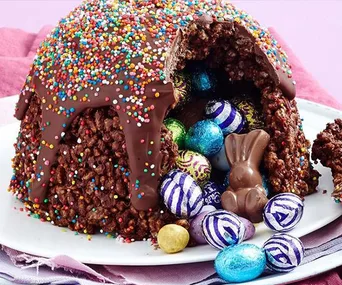With Easter spanning many days, and falling anywhere between March 22nd and April 25th on any given year, it can be a little confusing figuring out what day we’re actually supposed to gift our kids their Easter eggs.
Let’s face it, the tinsel is barely packed away before stores begin merchandising delicious displays of Easter chocolate and hot cross buns, and if you’re like me, you’ve probably already partaken in a few sweet treats.
But they’re not just in stores for mums to slip into the trolley for a snack on the drive home.
There is actually a day that we’re meant to stock up on them for, and that is, traditionally, Easter Sunday.
Why is Easter on different dates each year?
Unlike most dates and holidays in the Western Christian calendar, such as Christmas, Easter does not have a fixed date, which is why you might sometimes celebrate it in March, and other times April.
Essentially, how it works is that Easter is determined by the lunar calendar, with the date decided by a complex set of calculations based on observations of the moon’s cycle.
Easter is scheduled to fall on the first Sunday after the first full moon after the Spring Equinox which usually happens around late March.
The Spring Equinox happens the moment that the sun crosses the celestial equator – which is the imaginary line in the sky above the Earth’s equator – from south to north.
This is why you can be celebrating Easter any time up to the end of April.
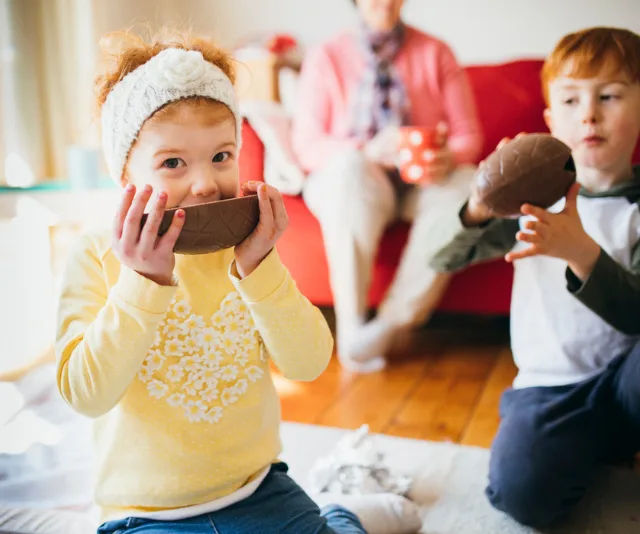
“You can be celebrating Easter any time up to the end of April.”
(Image: Getty)Why do we give eggs on Easter Sunday?
Whether you hide them in a hunt, or leave them out overnight on Easter Saturday for your children to find on Easter Sunday morning, the tradition is one that goes way back and there are many theories as to how it all began.
There is a suggestion that the tradition began because Easter Sunday symbolises the end of Lent. Lent is the preparatory period leading up to Easter which involves fasting and abstinence from certain foods, including eggs. Because hens continue lay, Lent or no Lent, there would be an abundant supply, which is how some people say the tradition began.
Others believe that Easter’s association with eggs comes from the fact that they they are a symbol of new life, which ties in with the resurrection of Jesus Christ. Early Christians adopted eggs as a symbol of new life to help them the resurrection which happened on Easter Sunday.
Eggs were also used by Persians and Egyptians to celebrate New Year, which for them was in the Spring time. The eggs would be coloured and eaten.
In Europe, the coloured eggs were used as decorations for homes. In Eastern European countries, eggs are intricately painted with incredible patterns, which often hold meaning and help tell the Easter story.
Whatever way the tradition began, it was the person who decided to make the eggs chocolate who is the unsung hero here, no?
WATCH: How to make an Easter trifle. Continues after video …
So where did the Easter Bunny come into the picture?
Like eggs, cute little bunnies are often seen as a symbol of the new beginnings of spring, but is that where we got the idea that a rabbit would be the one to deliver the eggs on easter Sunday?
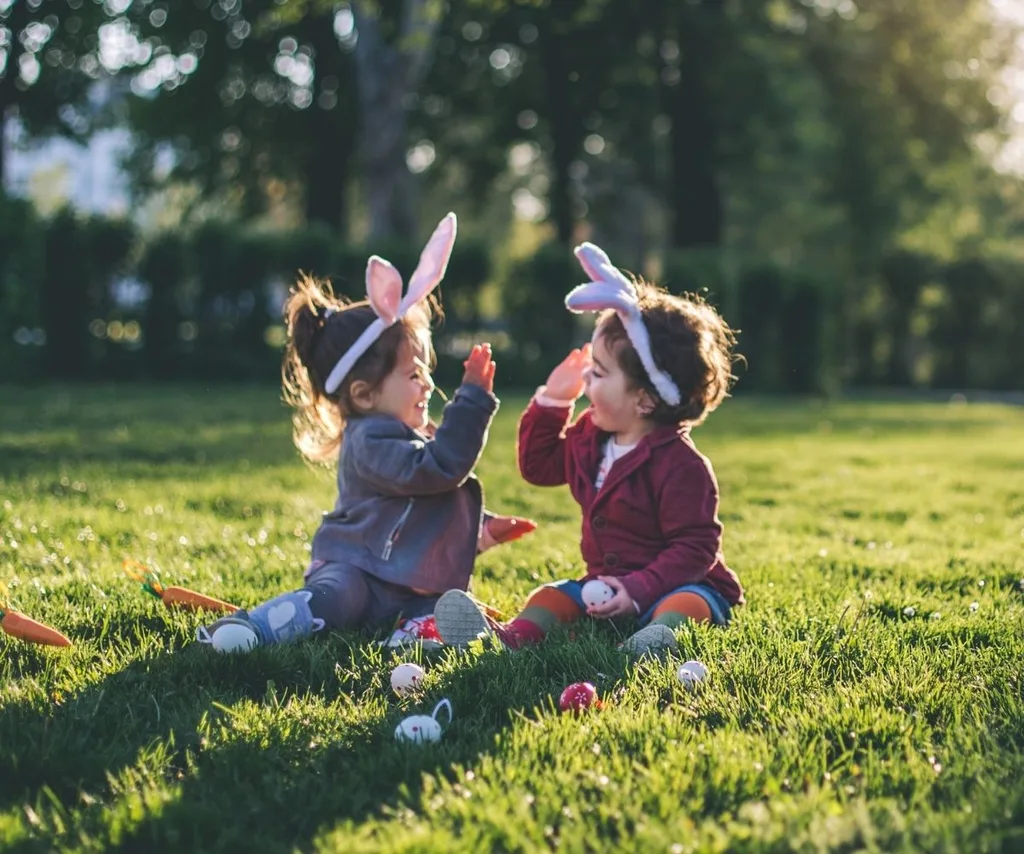
The tradition of the Easter Bunny began with the German Lutherans.
(Image: Getty)Apparently not. The tradition of the Easter Bunny began with the German Lutherans.
The Easter Bunny, aka Oschter Haws, The Easter Rabbit or Easter Hare, like his ole mate, Santa Claus, originally took the role of a judge, twitching his whiskers and evaluating whether children were being naughty or nice in the lead up to Easter.

According to folklore, Oshter Haws, would carry coloured eggs, candy and sometimes toys in his basket to deliver to the worthy recipients.
Which is kind of sweet, right? Pardon the pun.
However it was that these traditions began the fact that they bring so much innocent joy is surely a reason to keep them going forever more.
So, let’s spread some joy by getting our hands on these Easter chocolates for our kids, friends, and family.

Ferrero Rocher Easter Egg Gift, $12.00, BIG W.
(Image: BIG W)
Cadbury Dairy Milk Chocolate Easter Egg Hunt Bucket, $7, BIG W.
(Image: BIG W)The Golden Egg with Orange and Pistachio, $24.90, Koko Black.
(Image: Koko Black)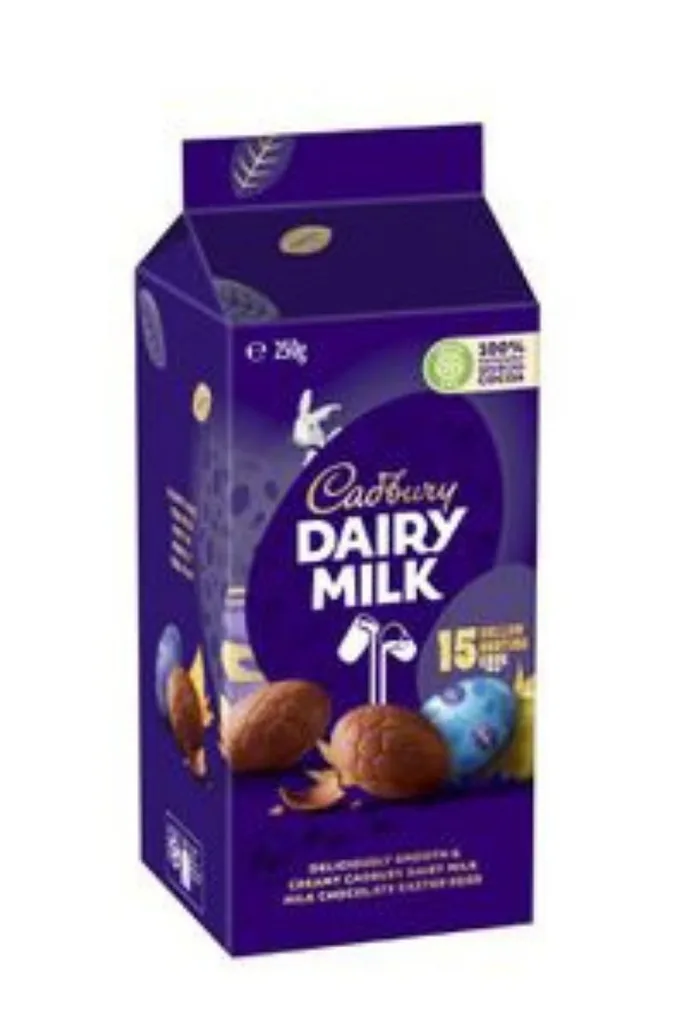
Cadbury Happy Easter Carton, $5.40, Coles.
(Image: Coles)Koko’s Famous Five Egg Collection, $49.00, Koko Black.
(Image: Koko Black)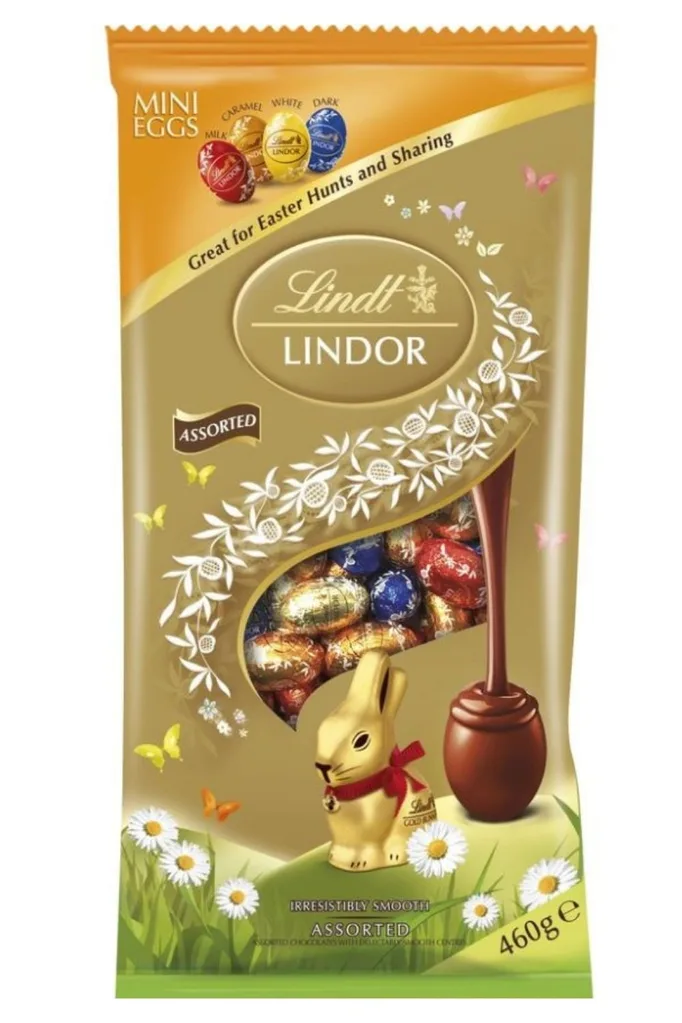
Lindt Lindor Mini Assorted Chocolate Easter Eggs, $24.00, BIG W.
(Image: BIG W)